The Biggest Mistake My Creative Writing Students Make
And serial killers who were caught because of small ones.
My students turned in their second and final full-length short story of the semester over the weekend. When I checked my email, a student had written me at 3:57 pm on the day the stories were due and said, “How do I drop out of the class?” Then at 11:57 pm, three minutes before the deadline, I got another email that said, “Nevermind.”
Oh how these kids delight me :)
Now we’re going to spend the next several weeks workshopping and critiquing these second stories. With that in mind, I thought it would be worth talking about the biggest mistake I see in my students work.
And before we start, a huge, ginormous, wopping caveat:
I do not believe in writing rules. I believe in effectiveness, but that can mean so many different things. A pizza is effective if it’s a good pizza. A sushi plate is effective if it’s good sushi. But we wouldn’t try to make the sushi be more like pizza, right? We can’t really compare them. In the same way, it’s pointless to try and compare the fairytale type writing of Kate DiCamillo with the gritty, voicey Gary Schmidt. Both are delicious. Both are incredibly effective.
That being said, my attempted guiding principal when I’m trying to give feedback on student work is to close the gap between goal and execution. In other words, if I can see that the students goal is pizza, I try to help them with tomato sauce, not sticky rice.
So when I say mistake, what I mean is that gap between goal and execution, and the advice I give to my students to help them close that gap. The thing, as best as I can tell, that will help them achieve the vision they have for their story. In many stories, I can see that my students want to bring the reader in and really evoke emotion, and these are the tools I try and give them to help them achieve that.
This mistake can be talked about in two ways, depending on if we’re approaching it from plot or character, but it’s really the same thing.
One way to talk about is scene versus summary. The other way to talk about it is narrative distance.
Scene versus summary: So often in my students work I see things being summarized and told, rather than the reader being dropped in the action. Plot points that could take several chapters to flesh out effectively are skimmed over in a page. Or we get lots of history and backstory of a world that’s clearly been in the writers head for a long time, but ends up feeling swampy or unclear in the writing.
Narrative distance: This is in many ways the same thing, I think, but from the angle of character. Even if we’re in the scene, we’re not really in the story because we’re so distant from the character. Huge moments happen without emotion or any reaction from the character. Without really knowing who they are or what’s going on inside them.
So what’s the solution?
These are totally understandable mistakes to make, and seasoned writers fall into these traps all the time. I’m often trying to close that narrative distance in draft after draft, and it took me a long time to even understand the concept.
I usually point my students to two resources:
Eva Langston’s great explanation and examples of scene vs summary.
History Quill’s easily digestible explanation of narrative distance and how to control it.
Again, there are no hard and fast right and wrongs when it comes to writing style. Certain types of writing are deliberately narratively distant, and use other tools to achieve their effect instead. However, these are the tools I try to give my students that I hope will be the most helpful in building the thing they’re trying to build.
And now…
Let’s bask in glorious mistakes!
10 Marvelous Mistakes!
1. FOR WHY!!!
So, I have a bit of a new creator obsession, and it is Mummy Joe. I have never seen a story so delightfully, quickly, and effectively illustrate why it’s actually awesome to make “mistakes” and be weird and do things differently from other people. Kid Vampire might be my new favorite show.
2. Daniel Tiger knows.
We can, of course, count on Daniel Tiger to have an adorable song about learning from our mistakes.
3. Mistakes Have Saved Lives
You might know that the creation/discover of penicilin was a mistake, but that’s only one of many scientific accidents that have made a big difference. If you take notes on post-its or eat a bowl of corn flakes in the morning, those were mistakes too! Here’s a list of ten mistakes that actually turned out to be huge successes.
4. Thanks Bill Waterson
5. Small mistakes can have big consequences.
Mistakes can often end up being for the best, or great learning experiences.
Or they can be the downfall of psycopaths and serial killers. Here are four big-name serial killers that were caught through small mistakes like traffic stops and parking tickets.
6. Toy Story Who?
Did you know that Toy Story 2 was mistakenly deleted? Even genius companies make mistakes. An employee accidently deleted the Toy Story files and all was almost lost, except that another employee had backed it up on their home computer. And we are eternally grateful.
7. Picture Book Mistakes!
There are a lot of wonderful picture books about making mistakes and how we can learn from them. Here’s a wonderful one for the little perfectionists in your life.
And here’s a list of many more!
8. Chapter Book Mistakes!
Yes the Timmy Failure series is pretty huge in the chapter book world, but if you haven’t discovered it yet, I can’t recommend it enough. The illustrations are laugh out loud worthy and Timmy is one of the most delightful kid lit characters around. And…well…he makes plenty of mistakes.
9. Middle Grade Mistakes!
One of my favorite spooky middle grade, because of it’s incredibly memorable main character. Victoria is the ultimate put-together, studius, type-A girl, but to win the day, she has to learn how to get a little messy.
10. Teacher Resources:
Teachers, librarians, and homeschool parents, I’ve got some fun learning from mistakes activities and lesson plans for you and your students!
Growth Mindset—Persistence and Mistakes for grades K-4.
Grammar Meme Mistakes for grades 3-8.
Beacuse of Winn-Dixie Mistake Tree for grades K-7
I would love to do a free virtual Q&A with your class or book group! If you’re interested in scheduling a visit you can reach out to me via my website. Let me know how I can support you! I’ve also got free classroom resources to accompany each book. You guys are rock stars!
Thanks for coming along everyone! The Smorgasbord is a hand-kneaded, hand-shucked, reader supported publication. You can support by buying a delicious book or by becoming a paid subscriber. It seriously means the world, you shining star you.
-Sarah





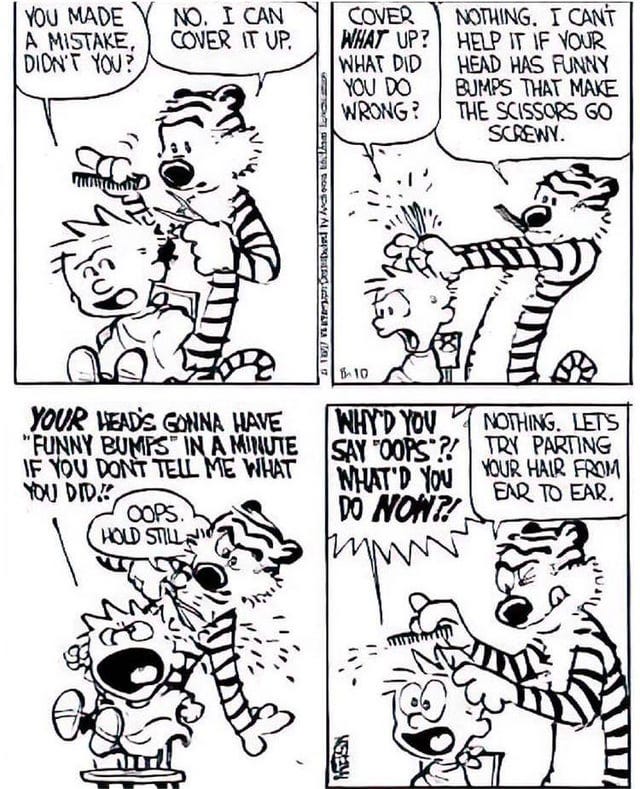
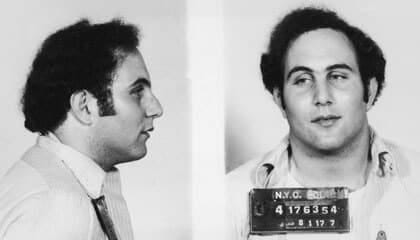

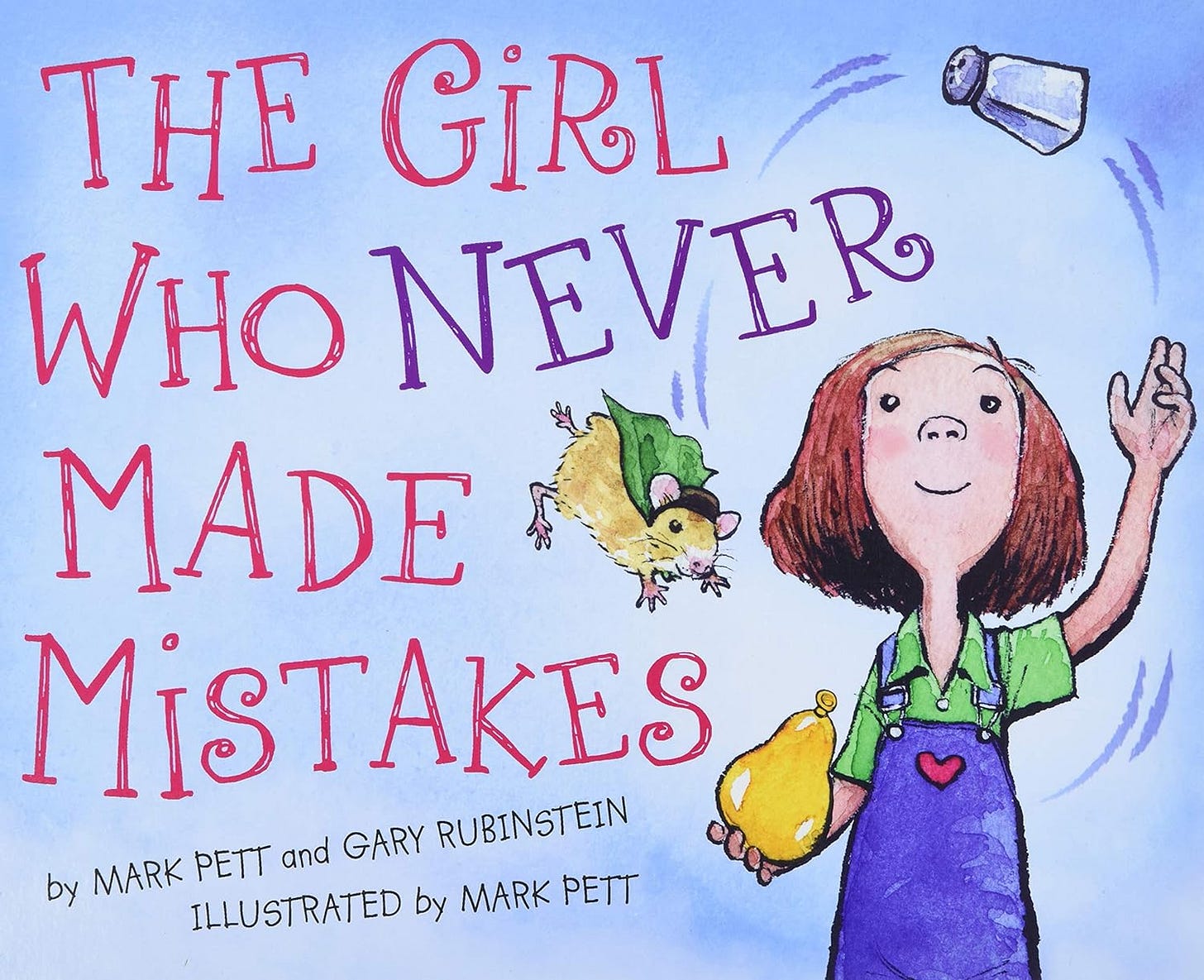
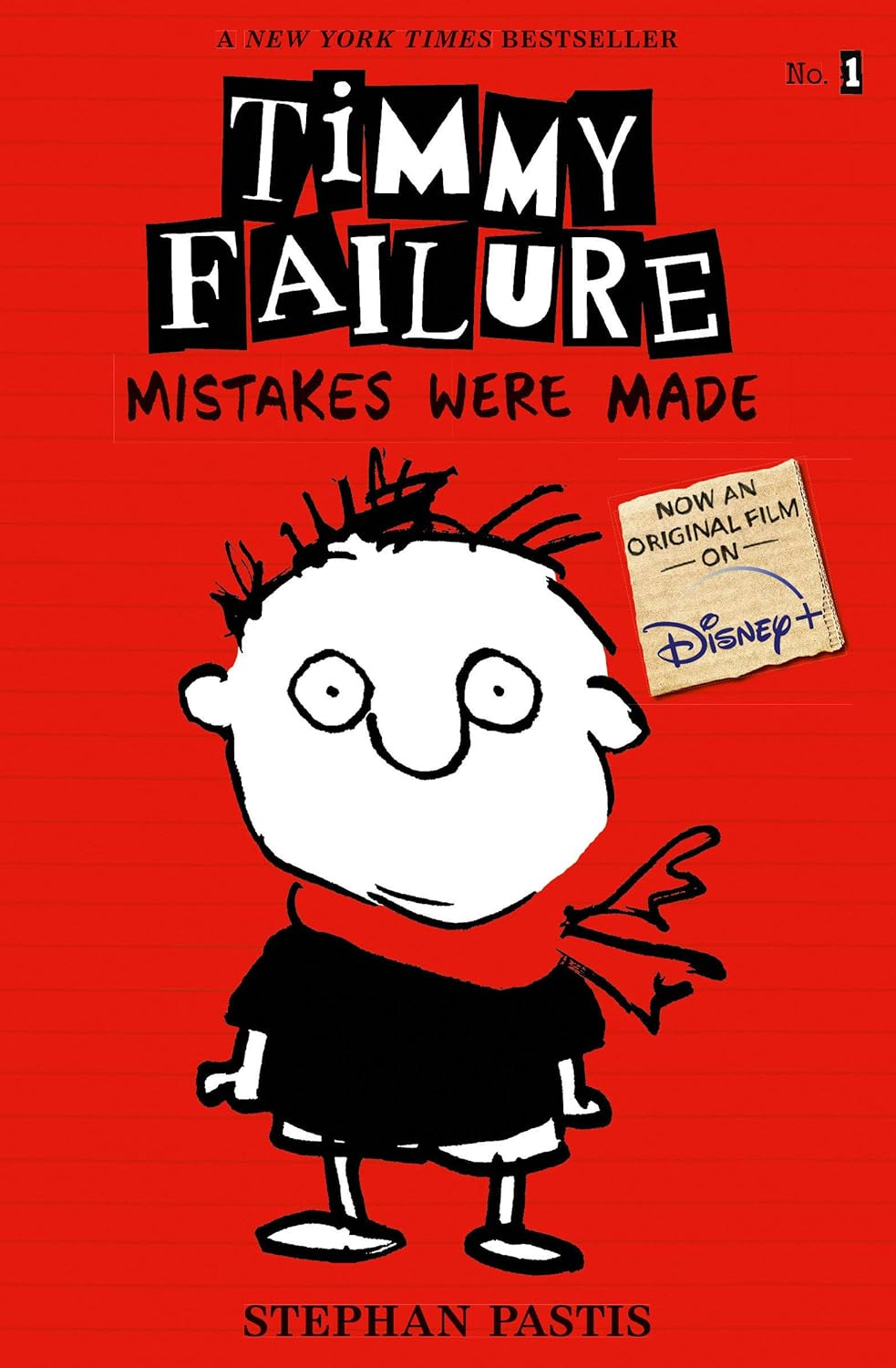
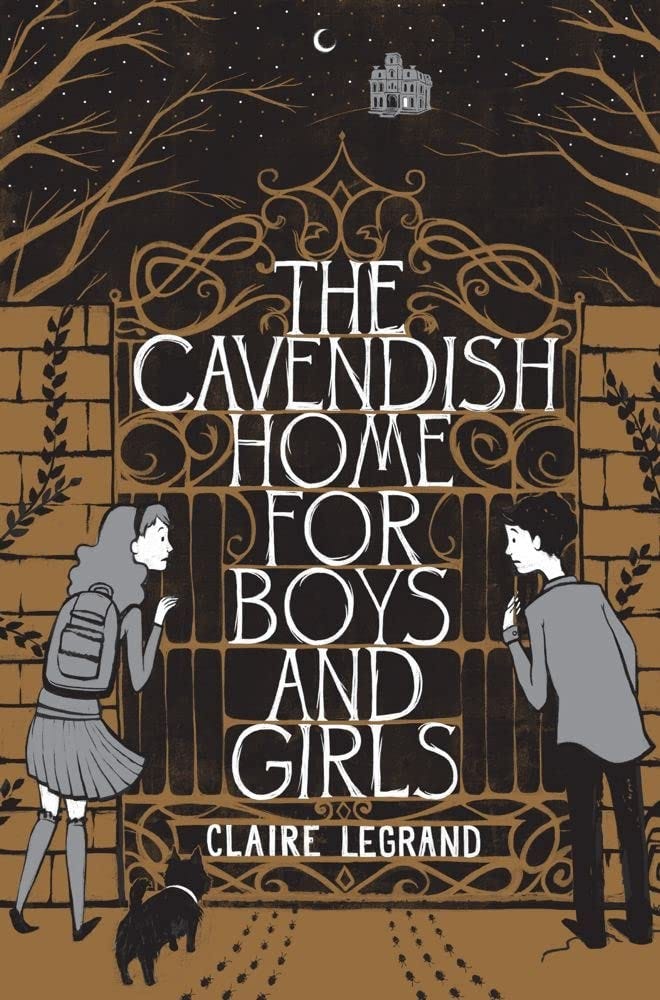
I love this! So good. (And Timmy Failure FOREVER 🙌)
Your student email exchange made me laugh! And TOY STORY GOT DELETED!!!? I'm sweating thinking about ME making that mistake. oh my goodness... I love stories about mistakes and failure so this is right up my ally!